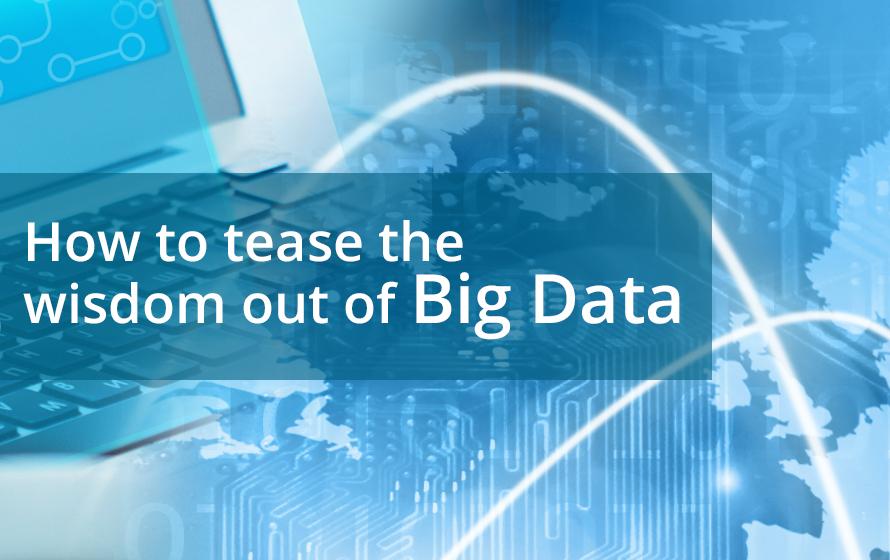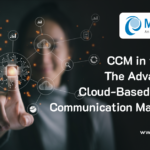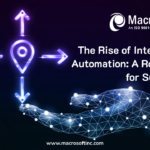

Big Data analytics has revolutionized the way companies do business. Managing immense volumes of structured and unstructured data are made possible with the advent of advanced computing technologies. But, Big Data is only of value if we can create wisdom for a company to act upon.
Organizations must strive to have an underlying architecture to leverage wisdom and insights out of data coming from various sources. Functionally, Big Data comprises capturing, organizing and integrating data, which is followed by analysis of data to address business problems. The analysis phase is significant as the output of the analysis stage leads to strategic decision making.
CLICK HERE to view the entire interview series
So what analytics are used to tease wisdom out of Big Data? As per Dr. Demirhan Yenigan, Big Data Expert and Professor of Analytics at GWU, there are different layers and types of analytic methods for analyzing the vast amount of Big Data. Descriptive analysis forms the traditional aspect of measuring factual information. For example, consider measuring some facts like the number of video downloads coming from a particular website. You can use data visualization and reporting tools to tell you about the facts regarding its usage. On the other hand, Predictive analytics methods are more complex. Here you are trying to forecast and predict events. If you want to get more sophisticated yet, you can move into the areas of Prescriptive analytics involving stochastic optimization and reporting, trying to devise new methodologies to work with data.
A holistic management of Big Data requires different approaches that help businesses to plan their future. By leveraging the power of Big Data, you can analyze data patterns to change every aspect of your business from management to customer satisfaction or enhancement of product quality. Here we discuss the analysis techniques that use traditional data warehouse and advanced predictive analysis. Big Data Analysis can be categorized into the following analysis types:
- Basic Analytics is often used when you have a large amount of disparate data. It comprises slicing and dicing the data, reporting, simple visualizations, anomaly identification and basic monitoring.
- Advanced Analytics is more complex analysis comprising predictive modeling and other pattern matching techniques. It uses algorithms for complex analysis of structured and unstructured data and includes sophisticated statistical models, neural networks, machine learning, text analytics and advanced data mining techniques.
- Operationalized Analytics is when analytics become part of business process. The predictive model is used to generate recommendations about a specific product to sell to a customer.
- Monetized Analytics are utilized to directly drive revenue. Various sources of data such as billing data, text messaging data, location data, etc. are used together or separately to draw inferences about customer behavioral patterns that are beneficial for businesses to make decisions to generate revenue.
Most business intelligence and data warehouse tools can dive deeper into data that is structured, however for unstructured data these tools are not effective enough and are limited to the volume of data they can handle.
Today organizations are focusing more and more on predictive analysis to find relationships and patterns between various types of data. These patterns not only find current trends but also help to predict future occurrences.
- Predictive Analysis is an effective way of making wisdom out of data and is used in different areas like anticipating business trends, identifying security threats, weather forecast, etc. Many types of analytics methods fall under the umbrella term – predictive analytics, some of the major ones are:
- Text Mining: In-depth analysis of text-based documents
- Social Media Analytics: Gathering and analyzing intelligence from various social media
- Sentiment Analysis: Target to identify user’s thinking and priorities by analyzing electronic text such as files, reports, emails, surveys, etc.
- Geospatial Analysis: Analysis of data captured from satellites, global navigation systems, sensor networks, radar, etc.
Managing and analyzing data offers benefits as well as challenges to finding a pragmatic approach to capturing information about customers, products and services hold the key. Although, most businesses have processes to track customer interactions, finding out relationships among data from disparate sources is important to truly understand customer requirements. Big Data analytics paves a way to plan and execute business strategies driving intelligent business decisions.
Are you planning to unlock the valuable insights from your myriad data sources? Then, Big Data solutions can help in providing your business a facelift. For more information on Big Data analytics and processes,
By John Kullmann | October 3rd, 2016 | Process Automation
Recent Blogs


Advantages of Technology and IT Companies Partnering with Staffing Firms Offering Visa Sponsorship
Read Blog

CCM in the Cloud: The Advantages of Cloud-Based Customer Communication Management
Read Blog

The Rise of Intelligent Automation: A Roadmap for Success
Read Blog


 Home
Home Services
Services





































